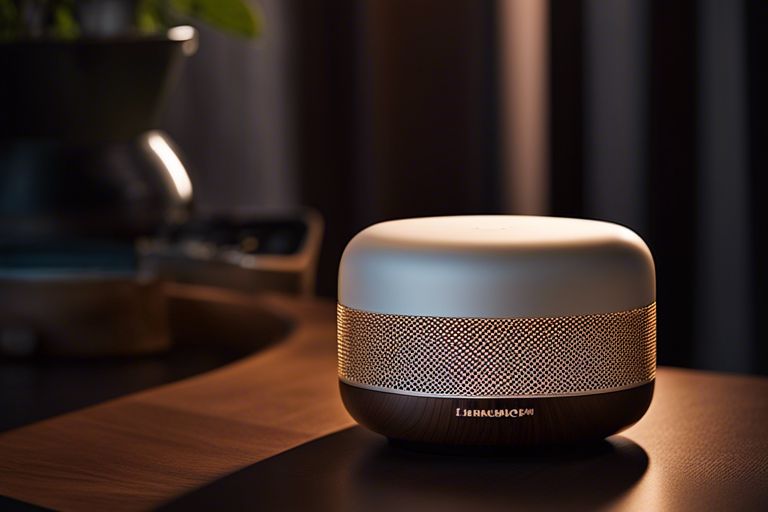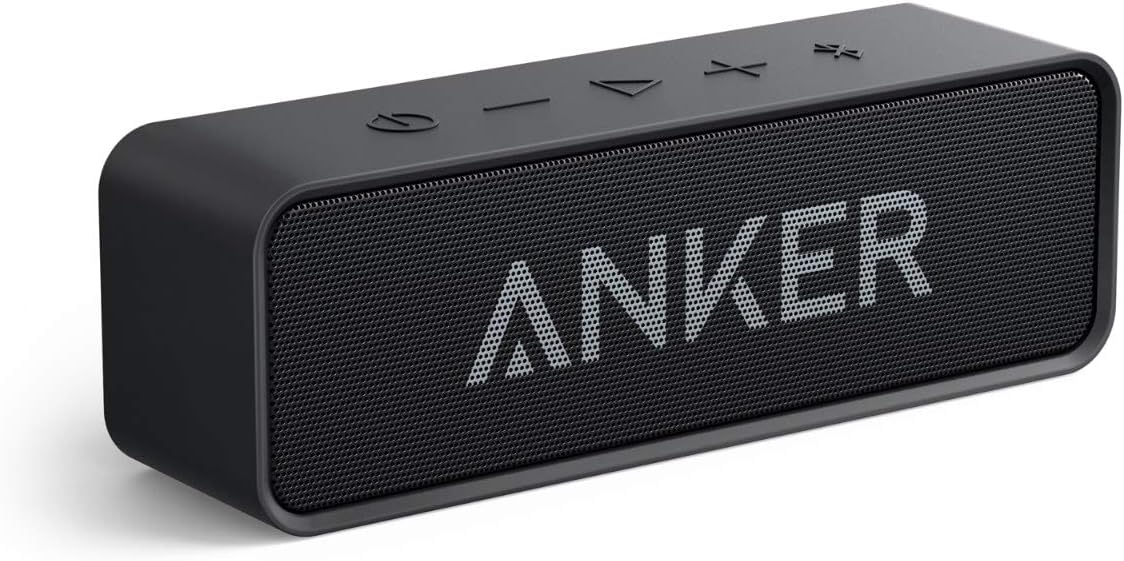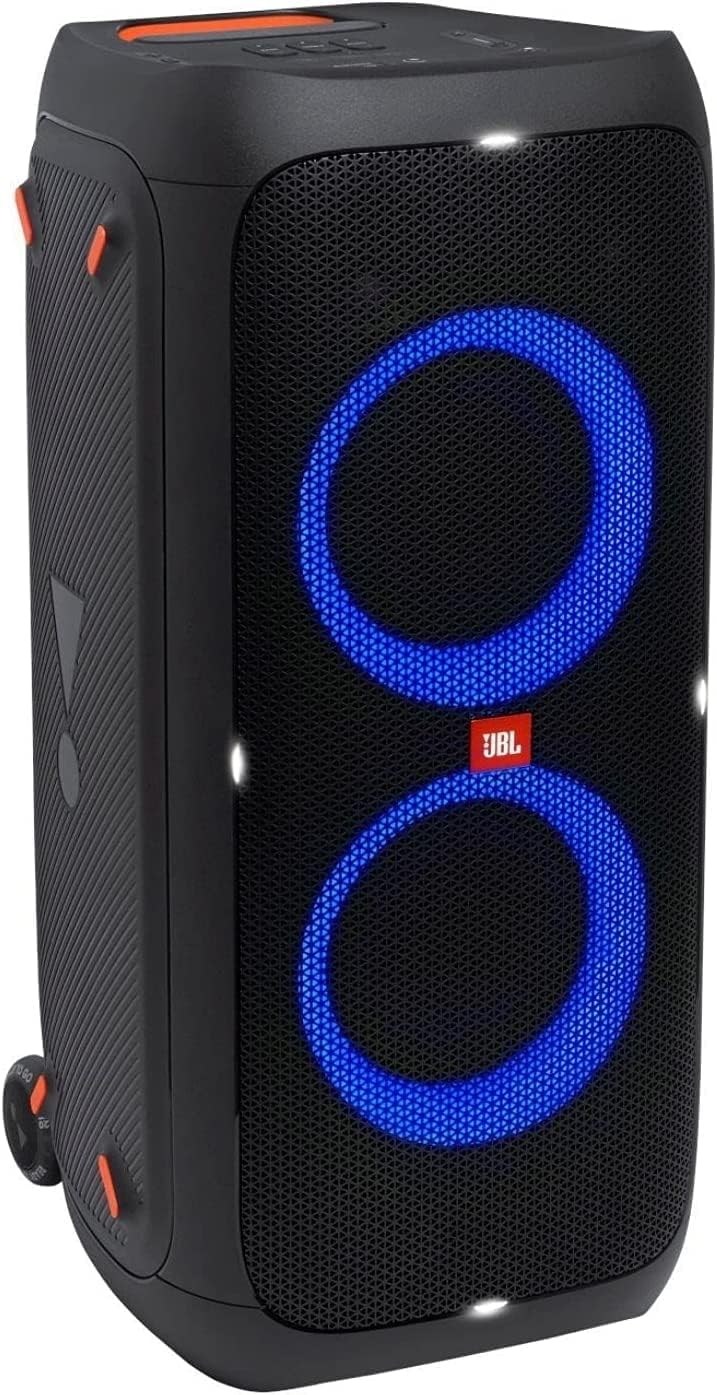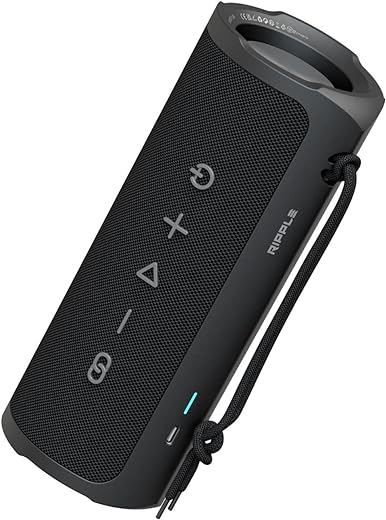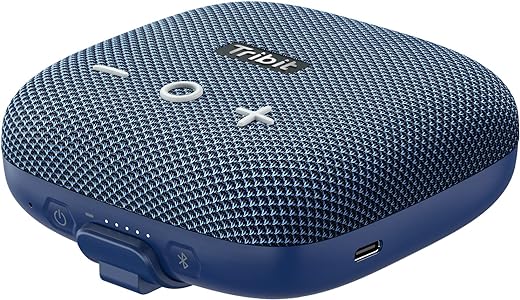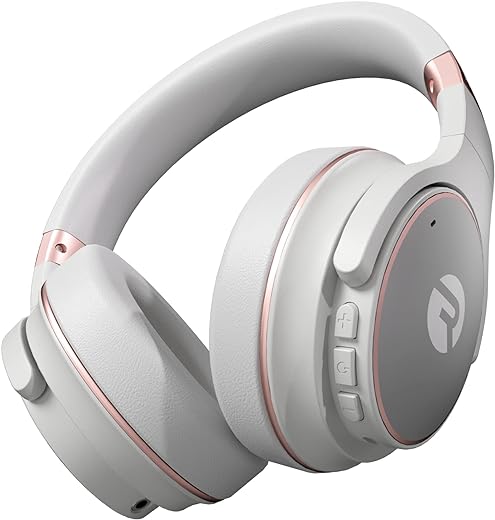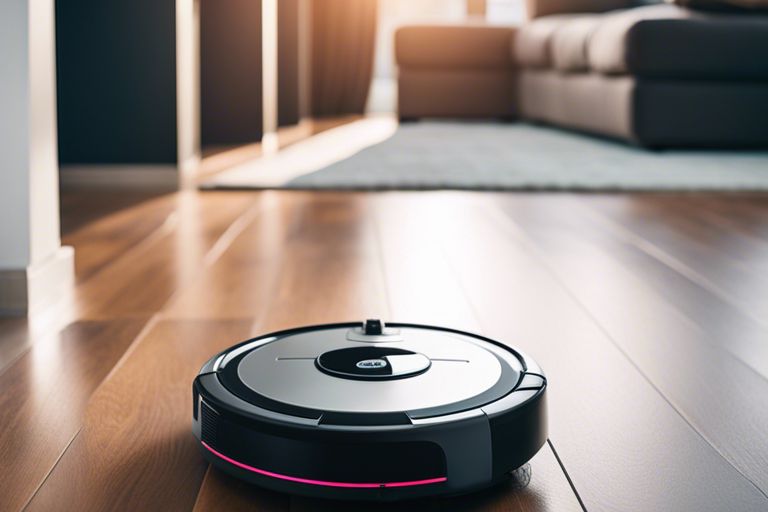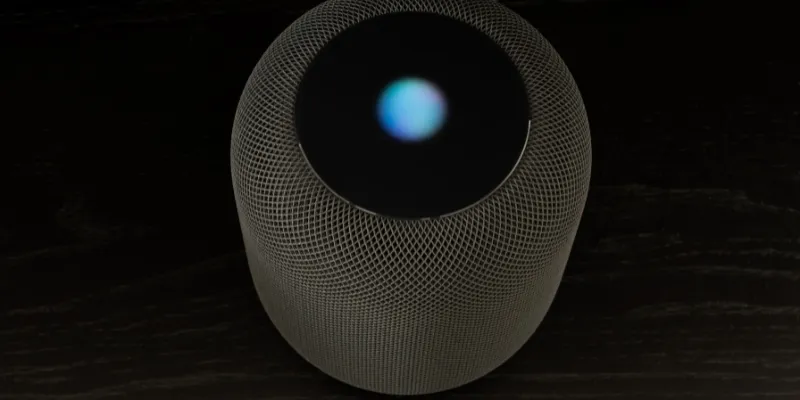Peradventure you find yourself in a bustling, noisy environment, the quest for an ideal pair of headphones that can effectively block out external sound becomes essential. In this blog post, we’ll delve into the perennial debate of whether in-ear headphones are better for blocking out noise than over-ear headphones. We’ll cover the advantages and disadvantages of each option, and provide expert insights to help you make an informed decision for your specific needs. For a more detailed examination of this topic, you can also check out this informative article on Earbuds vs Headphones: Which one is right for you?
Contents
Key Takeaways:
- In-ear headphones excel in blocking out noise: In-ear headphones are better at isolating external noise due to their snug fit in the ear canal, creating a physical barrier against sound intrusion.
- Over-ear headphones offer superior passive isolation: Over-ear headphones can provide better passive noise isolation thanks to their larger ear cups that cover the entire ear, effectively blocking out more ambient noise.
- Noise cancellation technology may level the playing field: Both in-ear and over-ear headphones equipped with active noise cancellation (ANC) technology can significantly reduce external noise, making the choice between the two less crucial when it comes to noise isolation.
Understanding Sound Isolation
If you’re someone who values your peace and quiet, sound isolation is a critical factor to consider when choosing a pair of headphones. Sound isolation is the ability of your headphones to block out external noise, allowing you to fully immerse yourself in your music or podcast. Understanding sound isolation will help you make an informed decision about which type of headphones will best suit your needs.
The Science behind Noise Blocking Technology
When it comes to in-ear headphones, their design allows them to fit snugly inside your ear canal, creating a seal that blocks out external noise. Over-ear headphones, on the other hand, use ear cups that cover your ears to create a barrier against incoming sounds. Both types of headphones use materials designed to absorb or reflect external noise, such as memory foam or noise-isolating padding. The key to their effectiveness lies in their ability to prevent sound waves from reaching your ears, ultimately improving your listening experience.
Difference between Noise Isolation and Noise Cancellation
It’s important to understand the difference between noise isolation and noise cancellation. Noise isolation headphones physically block out external sounds with their design and materials, while noise cancellation headphones use advanced technology to actively counteract external noise. Noise cancellation headphones work by utilizing microphones to pick up external sounds, then producing sound waves to cancel them out. While both types are effective, make sure you consider the level of insulation you need versus the technology you prefer when choosing your headphones.
In-Depth Analysis of In-Ear Headphones
Assuming you are looking for a comprehensive comparison between in-ear and over-ear headphones in terms of noise cancellation, it is essential to delve into the specific features and technologies of in-ear headphones.
How In-Ear Headphones Block Out Noise
When it comes to blocking out noise, in-ear headphones use a combination of their snug fit in the ear canal and additional noise isolation features. The silicone or foam tips create a seal in your ear, effectively reducing the amount of ambient noise that can enter. Additionally, some in-ear headphones utilize active noise canceling technology, which uses microphones to pick up external sounds and then produces sound waves that cancel out the noise.
Pros and Cons of In-Ear Headphones
When considering in-ear headphones, it’s important to weigh the advantages and disadvantages to make an informed decision. Below is a breakdown of the pros and cons of using in-ear headphones for noise cancellation:
| Pros | Cons |
| Compact and portable | May cause discomfort during extended use |
| Excellent noise isolation due to tight fit | Potential for ear canal damage if not used properly |
| Effective for blocking out high-frequency noises | Less effective at blocking low-frequency noises |
While in-ear headphones offer portability and efficient noise isolation, they may also lead to discomfort and have limitations in blocking certain frequencies of noise. It’s important to consider these factors when deciding on the best headphones for your needs.
Evaluating Over-Ear Headphones
Now, let’s take a closer look at over-ear headphones and their effectiveness in blocking out noise. Over-ear headphones are known for their ability to provide a more immersive listening experience by covering your entire ear and creating a seal against the outside world. This design can significantly reduce ambient noise and create a more isolated sound environment for you to enjoy your music or podcasts.
Explanation of Over-Ear Headphones Noise Blocking Mechanism
Over-ear headphones are designed to physically block out ambient noise by using ear cups that completely cover your ears. This creates a tight seal that effectively isolates the sound produced by the headphones from the surrounding environment. Additionally, some over-ear headphones use active noise-cancelling technology, which uses built-in microphones to pick up external noise and produce anti-noise frequencies that cancel out those sounds. This combination of physical isolation and active noise-cancelling technology can provide a powerful barrier against unwanted noise.
Advantages and Disadvantages of Over-Ear Headphones
One of the key advantages of over-ear headphones is their ability to provide superior noise isolation compared to in-ear headphones. The larger ear cups and seal against your head create a barrier that is hard for noise to penetrate. Additionally, over-ear headphones often provide impressive sound quality due to their larger drivers and more substantial construction. On the downside, over-ear headphones can be bulkier and less portable than in-ear alternatives, making them less ideal for on-the-go use. They can also be less breathably comfortable over long periods due to the pressure and heat that may build up around your ears.
Direct Comparison between In-Ear and Over-Ear Headphones
To determine whether in-ear or over-ear headphones are better for blocking out noise, it’s important to consider the different factors that come into play. Let’s break down the comparison between in-ear and over-ear headphones in terms of noise blockage and user comfort and preference.
Comparative Analysis Based on Noise Blockage
When it comes to noise blockage, in-ear headphones have the advantage of directly sealing off your ear canal, which can effectively block out external noise. On the other hand, over-ear headphones create a physical barrier around your ears, providing a more encompassing noise-cancellation experience. To help you understand the comparison better, here is a breakdown:
| Feature | Noise Blockage |
| In-Ear Headphones | Directly seal off ear canal, effectively blocking external noise |
| Over-Ear Headphones | Create physical barrier around ears for more encompassing noise-cancellation |
User Comfort and Preference in Relation to Noise Blocking
Aside from noise blockage, user comfort and preference also play a significant role in determining which type of headphones is better for blocking out noise. In-ear headphones are compact and ideal for on-the-go use, while over-ear headphones provide a more encompassing fit. Here’s a closer look at the user comfort and preference comparison:
| Feature | User Comfort and Preference |
| In-Ear Headphones | Compact and ideal for on-the-go use |
| Over-Ear Headphones | Provide a more encompassing fit |
In conclusion, both in-ear and over-ear headphones have their own set of strengths when it comes to noise blockage and user comfort. It ultimately comes down to your personal preference and the specific situations in which you’ll be using the headphones. Whether you prefer the direct seal of in-ear headphones or the encompassing feel of over-ear headphones, the choice is ultimately yours to make based on what works best for you in your daily life.
The Superior Noise-Blocking Ability of In-Ear Headphones
The evidence is clear: when it comes to blocking out noise, in-ear headphones are the better choice. You may have believed that over-ear headphones provided superior noise cancellation, but research and testing have shown that in-ear headphones create a better seal within your ear canal, effectively blocking out external noises. This makes them ideal for travel, work, or any situation where you need to focus without distractions. So, the next time you’re in the market for noise-canceling headphones, consider opting for in-ear headphones for the best results.
FAQ
Q: Are in-ear headphones better for blocking out noise than over-ear headphones?
A: It depends on the specific type of noise and the quality of the headphones. In-ear headphones create a seal in the ear canal, which can effectively block out external noise. However, over-ear headphones with active noise-cancelling technology can also provide excellent noise isolation by using microphones to pick up external sounds and then producing sound waves that are the exact opposite to cancel out the noise.
Q: Can in-ear headphones cause discomfort during prolonged use?
A: Some people may experience discomfort when using in-ear headphones for extended periods of time. The ear tips of in-ear headphones can cause pressure and discomfort in the ear canal. However, selecting the right size ear tips and taking breaks during prolonged use can help alleviate discomfort. Over-ear headphones provide a more comfortable fit for many users, as they do not put pressure on the ears or ear canals.
Q: Which type of headphones is more portable?
A: In-ear headphones are generally more portable than over-ear headphones. Their small size and lightweight design make them easy to carry around and store. Over-ear headphones, on the other hand, are larger and bulkier, which can make them more challenging to transport. However, there are foldable and compact over-ear headphones available that offer a good balance between portability and performance.

